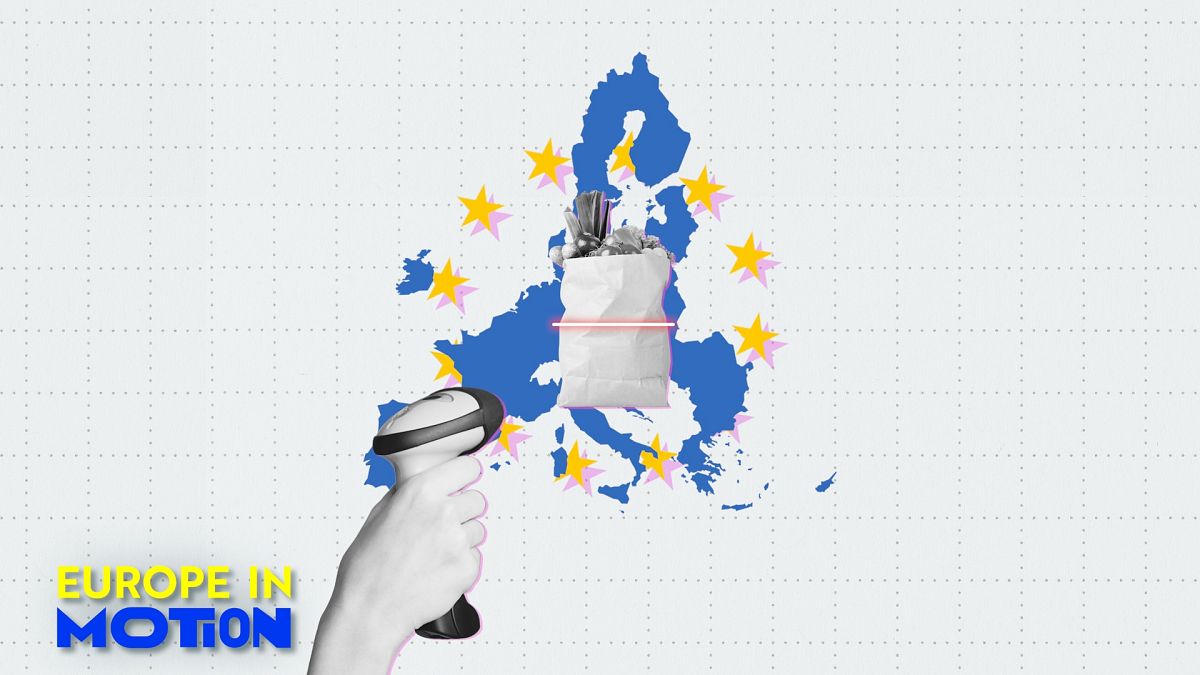

In a calm yet eventful week, a tapestry of noteworthy developments unfolded in various parts of the world, ranging from European consumer insights, economic shifts in the UK, to dynamic monetary exchanges in the US. Let us explore these events in a soothing and informative manner.
The European Grocery Landscape: A Spectrum of Price Differences
Against the backdrop of a steady inflation rate of 2.6%, the European Union showcases a diverse picture when it comes to food pricing across its member states. Denmark emerges as the most expensive country for staples such as bread, cereals, and fish. On the other hand, Romania offers a more economical option for those seeking fruits, vegetables, and potatoes. These variances reflect not only regional economic conditions but also cultural and agricultural differences that influence the cost of living throughout the continent.
The UK’s Economic Momentum and Housing Investments
In the United Kingdom, a positive economic growth trajectory of 0.7% in the first quarter of 2025 plants seeds of optimism amid challenges. The advent of a new UK-US trade deal is poised to benefit sectors such as automotive and aerospace by reducing tariffs, potentially bolstering trade relationships and economic vitality. Notably, a gradual easing of interest rates has reversed a trend, leading to a rise in mortgage approvals. This uptick signifies renewed confidence among consumers and paints a robust picture of affordability and stability in the housing market.
Looking forward, the UK government’s pledge to establish a National Housing Bank holds promise of significant change, potentially paving the way for the construction of 500,000 new homes. Such an initiative aims to enrich the housing landscape, offering greater flexibility and opportunities for aspiring homeowners.
US Legislative Endeavors and Currency Challenges
Across the Atlantic, the US Senate witnessed fervent activities as Republicans pushed for what has been dubbed as Donald Trump’s “one big, beautiful bill.” This extensive tax-and-spending legislation is subject to rigorous debate and amendment proposals, as senators engage in a procedural event humorously known as “vote-a-rama.” Despite the hurdles, the legislative process underscores the dynamic nature of policy-making in the realm of US politics.
In a parallel economic narrative, the US dollar faces challenges with its performance in the first half of 2025, declining by over 10% against a diverse mix of international currencies. This is its most significant dip in more than 50 years. Catalysts for this downturn include geopolitical tensions and a climate of uncertainty stemming from trade policies. The dollar’s diminished stature raises questions about its traditional role as a safe-haven currency, prompting a nuanced reflection on global financial stability.
In the World of Entertainment: A Star-Studded Sequel to a Fashion Classic
On a lighter note, the film industry buzzes with excitement as Kenneth Branagh joins the esteemed cast of “The Devil Wears Prada 2”. Reuniting with familiar faces like Meryl Streep, Anne Hathaway, and Emily Blunt, the sequel breathes new life into a beloved comedic tale. Branagh stepping into the role of Miranda Priestly’s husband adds an intriguing layer to the narrative, promising cinematic magic that audiences eagerly anticipate.
As we traverse the unfolding stories within global landscapes, these developments encourage a mindful reflection on the interconnectedness of economies, politics, and cultural expressions. Each thread is integral to the broader tapestry, affecting lives in profound ways while nurturing hope for a bright future.
Source: {link}
